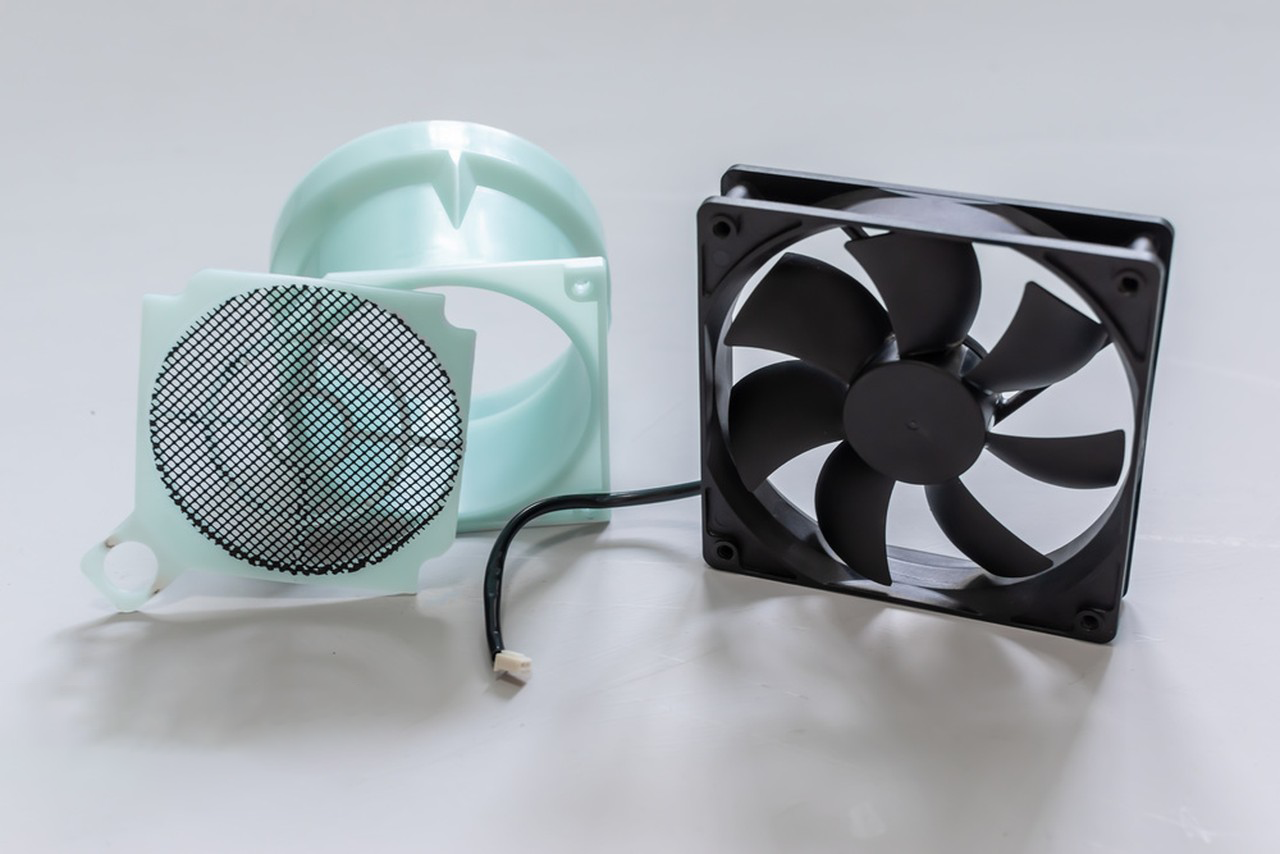DC fans play a crucial role in various applications, primarily for cooling electronic devices and enhancing air circulation. Their ventilation efficiency directly impacts system cooling performance and environmental temperature control. Understanding the working characteristics, influencing factors, and optimization methods of DC fans is essential for improving overall cooling efficiency.

Factors Affecting the Ventilation Efficiency of DC Fans
-
Fan Performance in Cooling ApplicationsWhen used for device cooling, a DC fan's actual effectiveness is influenced by internal airflow resistance, including duct design, component layout, and filters.
- In a zero static pressure state (free airflow), the fan delivers maximum airflow (CFM). However, without proper air guidance inside the device, heat dissipation may be ineffective.
- In a zero airflow state (maximum pressure), the fan generates high pressure but moves no air, preventing heat from being carried away.
- The key to optimization is identifying an ideal operating point—where airflow and pressure are balanced to achieve maximum cooling efficiency.
-
Maximum PQ Value and Optimal Operating PointA fan’s performance is typically represented by a PQ curve (airflow-pressure curve), showing airflow variations under different backpressure conditions.
- The optimal operating point is determined by the intersection of the fan’s PQ curve and the system’s impedance curve. This defines the actual ventilation volume.
- Optimizing duct design to reduce system impedance allows the fan to operate at a higher airflow range, improving cooling performance.
- Selecting the right fan specifications—such as size, speed, and blade structure—ensures compatibility with specific cooling needs.
How to Improve DC Fan Ventilation Efficiency
-
Selecting High-Performance FansChoosing fans with high pressure, high airflow, and low noise improves cooling efficiency under the same power consumption. For example, Anpu Electric's high-efficiency DC fans feature optimized blade designs and advanced motor control, ensuring stable and efficient airflow across various load conditions.
-
Optimizing Duct Design
- Designing smooth airflow paths minimizes resistance, avoiding dead zones and turbulence, which improves overall air circulation.
- Using airflow guides or heat sinks where necessary directs airflow effectively, enhancing heat transfer and dissipation.
-
Implementing Smart Control Technologies
- PWM speed control and temperature feedback systems adjust fan speed based on temperature variations, balancing cooling efficiency with energy savings and noise reduction.
- FG signal monitoring provides real-time feedback on fan performance, ensuring stable operation and preventing failures.
The ventilation efficiency of DC fans depends not only on fan performance but also on system design and airflow resistance. By selecting the right fans, optimizing duct structures, and leveraging intelligent control systems, cooling efficiency can be significantly enhanced, ensuring stable operation and extended service life.
With 24 years of expertise, Ruiapple Electric is committed to providing high-efficiency, low-noise, and durable DC fan solutions for industries including telecommunications, power supplies, automotive electronics, and data centers. For more information or customized solutions, feel free to contact us!






